What is the Vietnam e-visa? Everything you need to know about the Vietnam evisa
Currently, most countries and territories can apply for a Vietnam e-visa with a maximum stay of 90 days for single or multiple entry.
The Vietnam e-visa is an electronic visa issued online by the Vietnam Immigration Department, allowing foreigners to quickly and conveniently enter Vietnam for tourism or business. E-visa results will be approved in PDF file format. You just need to print it out and use it to complete immigration procedures.
This article will precisely help you understand all about Vietnam e-visa, the advantages of this Vietnam visa type as well as learn how to get a Vietnam evisa. Let’s find out together.
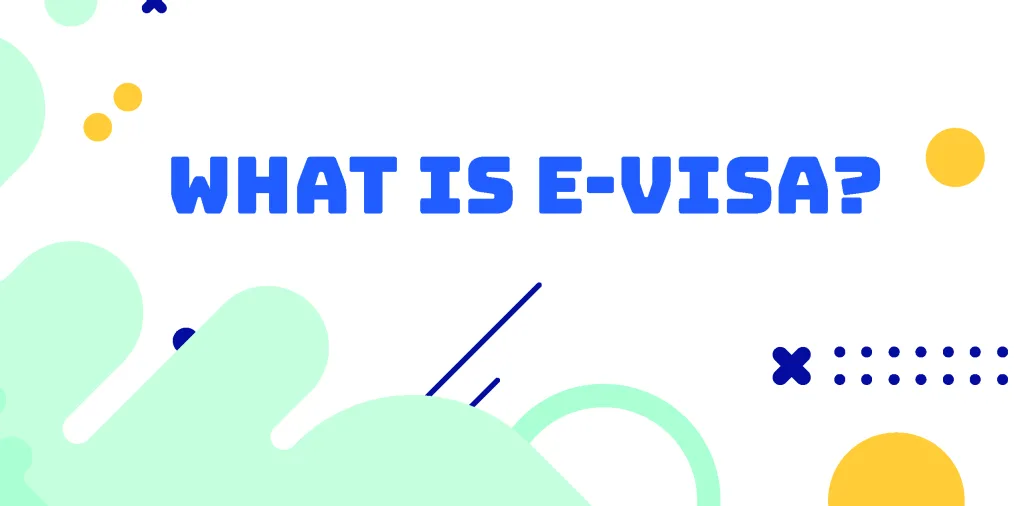
What is the Vietnam e-visa?
The e-visa is a digital visa version compared to other types of visas (visa on arrival, visa stamp). It enhances the approval efficiency for Vietnam Immigration Department and making applicants more convenience.
The Vietnam e-visa system was first introduced by the Vietnam Immigration Department since February 1, 2017. They announced a list of 40 eligible countries whose citizens can use the e-visa to enter Vietnam for tourism or business purpose.
With the e-visa, you can complete the visa application and pay visa fee online through the Vietnam government official website. There is no need to visit the Vietnamese embassy to submit documents and wait for visa approval.
On August 14, 2023, the Vietnam Immigration Department issued Resolution No. 127/NQ-CP which allows citizens of all countries and territories to obtain an e-visa (including Chinese e-passport – with each passport number beginning with the prefix “e” and Taiwanese passport).
Since August 15, 2023, foreigners of any nationality can apply for a Vietnam e-visa online.
How does the Vietnam e-visa look like?
The Vietnam e-visa is an official document that allows the bearer to enter Vietnam through international airport, landport or seaport.
An e-visa is look like this:
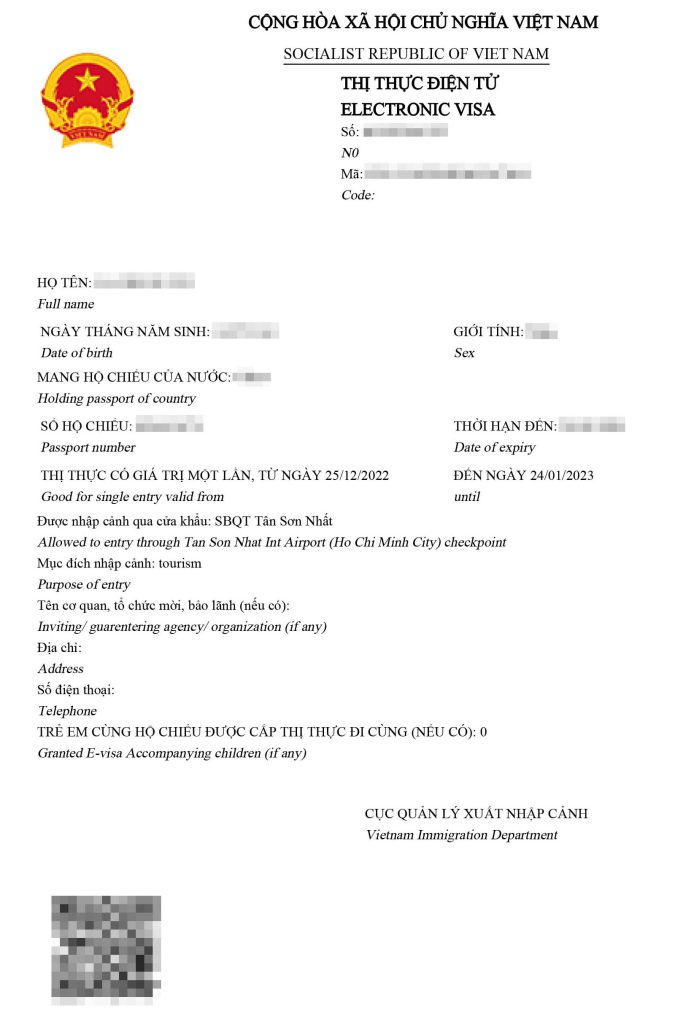
How long can you stay with the Vietnam e-visa?
On June 25, 2023, the National Assembly of Vietnam passed a bill amending and supplementing a number of articles of the Law on Entry and Exit of Vietnamese Citizens and Foreigners’ Entry into, Exit from, Transit through and Residence in Vietnam. The Law takes effect from August 15, 2023.
Accordingly, foreigners can get an e-visa with a maximum validity period of 90 days exactly (equivalent to about 3 months) and can choose to enter Vietnam once or multiple times.
Additionally, the Law includes expanding the list of international border checkpoints that allow foreigners to enter and exit with an e-visa.
List of border checkpoints allowing foreigners to enter and exit with the Vietnam e-visa
Currently, the Vietnam Immigration Department announced the list of international border checkpoints where foreigners can enter and exit using an e-visa as follows:
Airports (13 international airports)
- Noi Bai International Airport (Hanoi city)
- Da Nang International Airport (Da Nang city)
- Tan Son Nhat International Airport (Ho Chi Minh City)
- Cam Ranh International Airport (Nha Trang city)
- Phu Quoc International Airport (Phu Quoc island)
- Cat Bi International Airport (Hai Phong city)
- Van Don International Airport (Quang Ninh province)
- Can Tho International Airport (Can Tho city)
- Phu Bai International Airport (Hue city)
- Tho Xuan International Airport (Thanh Hoa province)
- Dong Hoi International Airport (Quang Binh province)
- Phu Cat International Airport (Binh Dinh province)
- Lien Khuong International Airport (Lam Dong province)
Land Ports (17 landports)
- Tay Trang Landport (Dien Bien province)
- Na Meo Landport (Thanh Hoa province)
- Lao Bao Landport (Quang Tri province)
- Mong Cai Landport (Quang Ninh province)
- Huu Nghi Landport (Lang Son province)
- Lao Cai Landport (Lao Cai province)
- Nam Can Landport (Nghe An province)
- Cau Treo Landport (Ha Tinh province)
- Cha Lo Landport (Quang Binh province)
- La Lay Landport (Quang Tri province)
- Bo Y Landport (Kon Tum province)
- Moc Bai Landport (Tay Ninh province)
- Moc Bai (Tay Ninh province)
- Xa Mat Landport (Tay Ninh province)
- Tinh Bien Landport (An Giang province)
- Vinh Xuong Landport (An Giang province)
- Ha Tien Landport (Kien Giang province)
Sea Ports (13 seaports)
- Hon Gai Seaport (Quang Ninh province)
- Cam Pha Seaport (Quang Ninh province)
- Hai Phong Seaport (Hai Phong city)
- Nghi Son Seaport (Thanh Hoa province)
- Vung Ang Seaport (Ha Tinh province)
- Nha Trang Seaport (Khanh Hoa province)
- Da Nang Seaport (Da Nang city)
- Quy Nhon Seaport (Binh Dinh province)
- Dung Quat Seaport (Quang Ngai province)
- Vung Tau Seaport (Ba Ria-Vung Tau province)
- Ho Chi Minh City Seaport (Ho Chi Minh City)
- Duong Dong Seaport (Phu Quoc island)
- Chan May Seaport (Thua Thien Hue province)
What types of e-visas are there?
- 30 days single entry (for tourism or business)
- 30 days multiple entries (for tourism or business)
- 90 days single entry (for tourism or business)
- 90 days multiple entries (for tourism or business)
Conditions for obtaining an e-Visa:
- Foreigners abroad
- Hold a valid passport
- Not subject to entry restrictions under Article 21 of the Law on Foreigners’ Entry in, Exit from, Transit through and Residence in Vietnam
What documents are needed to apply for a Vietnam e-visa?
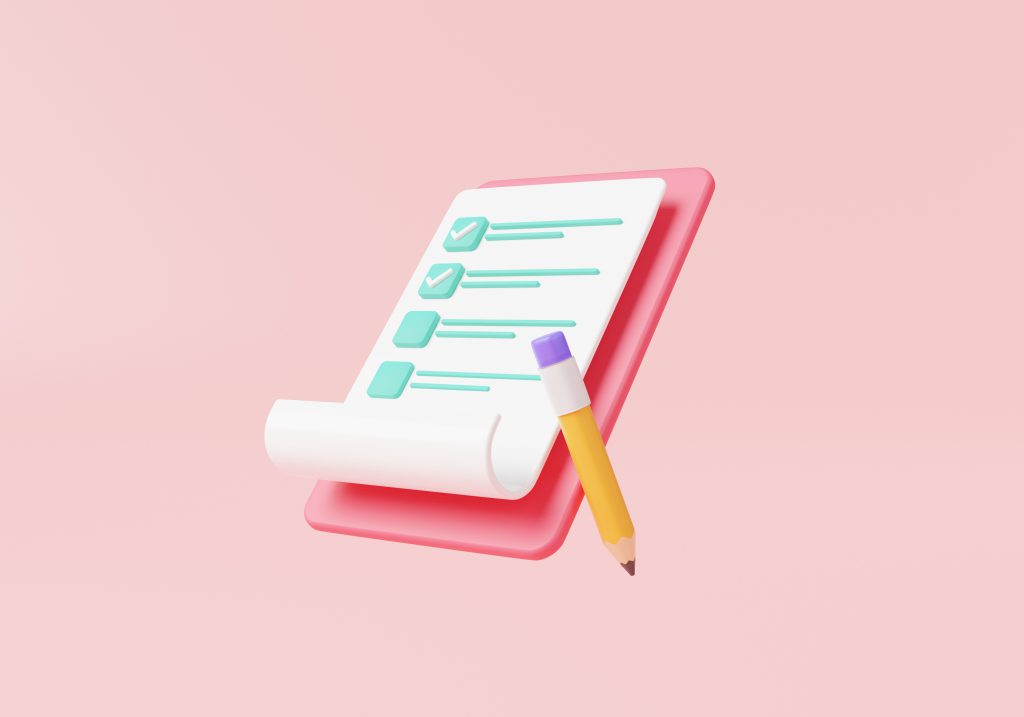
The required documents are very simple:
- A passport data page image: full data page shown including two ICAO lines, not blurry, valid for at least 1 month valid prior to your proposed date of exit from Vietnam, have at least 1 blank page for entry and exit stamps
- A high quality portrait photo: must be taken less than 6 months ago, must be in color, not blurry, eyes straight, barehead, not wearing glasses
- Supported file format: JPG
- File size of the passport photo: below 2 MB (megabytes)
- File size of the portrait photo: below 1 MB (megabytes)
- Entry date: you need to decide on your entry date, as you may enter on or after the date of entry given on the visa but cannot enter Vietnam earlier than that date
Note: When applying for an e-visa through a travel agency, all file formats and sizes are accepted.
How long does it take to process a Vietnam e-visa?
The official Vietnam Government website claims that e-visa processing will take as least 3 working days (excluding Saturdays, Sundays, and Vietnam public holidays). However, based on my over 9 years of experience in the visa field, it usually takes 4 working days or more.
If there is an issue with your application or the information is incorrect, you will need to update the information. The processing time will take another 3 working days from the day you update the information.
Note: Many applicants experience delays in the application process due to incorrect information or submitting invalid documents, such as low quality images or full name not matching ICAO lines.
However, you cannot email the Vietnam Immigration Department to request expedited processing. You must wait the normal time for your e-visa to be processed. Therefore, to ensure you can enter Vietnam as planned, you should apply for your e-visa 1 to 2 weeks before your flight.
Additionally, if you want to get your e-visa result quickly, you can use an expedited service from travel agency. This service can speed up the e-visa application process by 2 working days, 1 working day, 4 working hours or even 1 working hour.
How much does a Vietnam e-visa cost?
The Vietnam Immigration Department charges the following fees for e-visas:
- 25 USD per person for single entry
- 50 USD per person for multiple entries
You can use a credit card or debit card (American Express cards are not accepted) to pay the e-visa fee through a reputable Vietnam electronic payment gateway.
Note: If your e-visa application is denied, the fee is non-refundable.
How to get an e-visa?
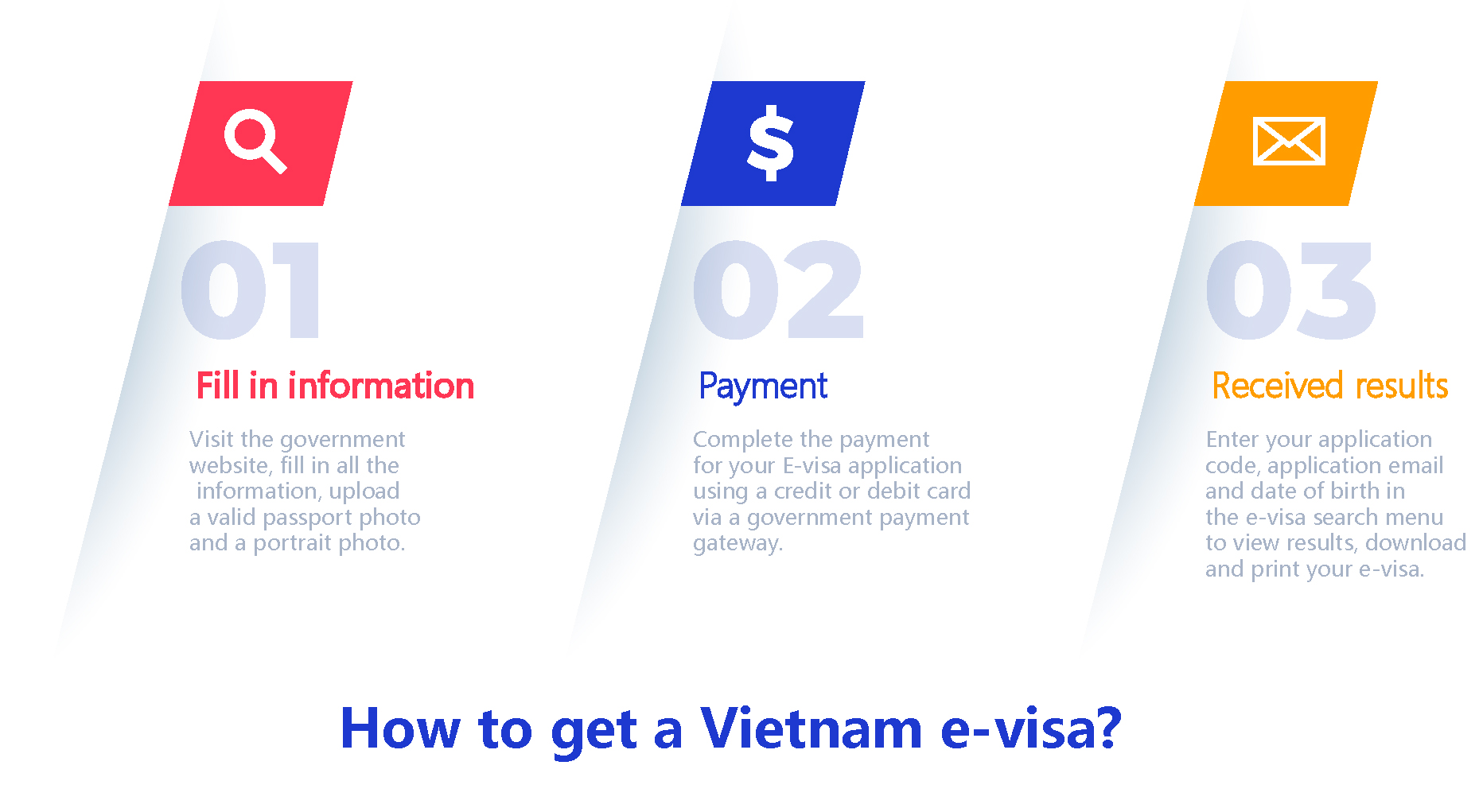
Method 1: Registering on the official Vietnam government website.
Step 1: Visit the official Vietnam government website at https://evisa.xuatnhapcanh.gov.vn/. First, click on “E-Visa (electronic visa)“, then click on “for foreigners“, put a tick in “Confirmation of reading carefully instructions and having completed application” and then click the “Next” button. Finally, fill in the required information.
Upload a photo of your passport data page and a portrait photo.
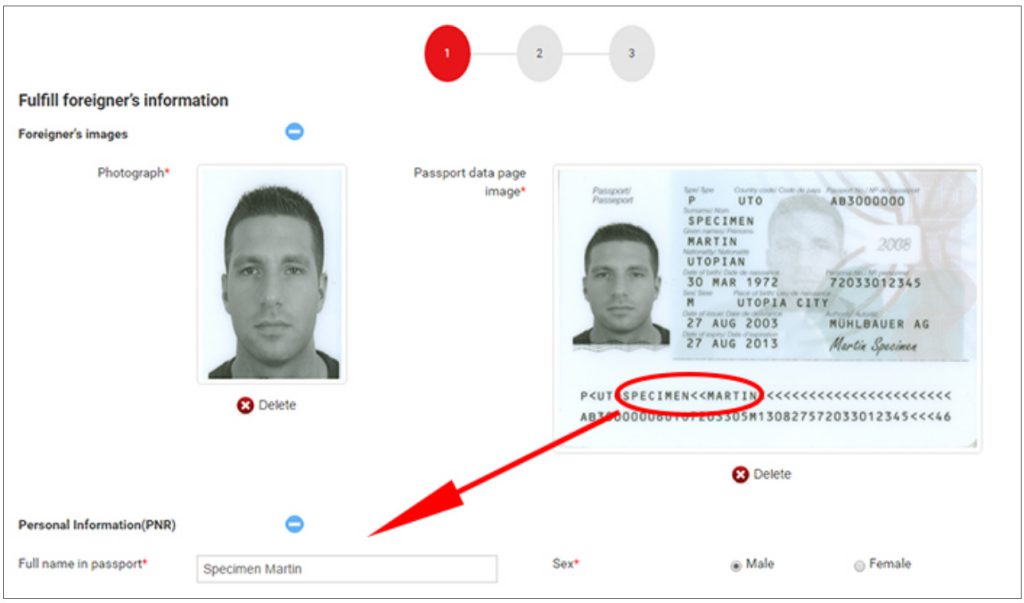
Note: Ensure all required information is accurate. If there are errors and your application is rejected, the e-visa fee is non-refundable.
After this step, a registration code will be showed to you (save your application code to check the status).
Step 2: Pay the e-visa fee. Processing time is claimed as least 3 working days or more.
- $25 for single entry e-visa
- $50 for multiple entry e-visa
Use a credit card or debit card to make the payment through a reputable Vietnam electronic payment gateway.
Step 3: Check your e-visa status at https://evisa.xuatnhapcanh.gov.vn/web/guest/tra-cuu-ho-so. Enter the registration code, email address, date of birth and a captcha to check the result. If your e-visa is approved, print it out and use it to enter and exit Vietnam.
Note: If any information is missing or incorrect, the Vietnam Immigration will ask you to amend the information with a reason for not being approved. However, if you fill in wrong information but your e-Visa is approved, you still cannot use it to enter Vietnam. You will need to apply for a new one.
Method 2: Applying through a travel agency
Step 1: Visit the legitimate and trusted Vietnam visa service by Lily Vietnam Travel at https://www.visa-vietnam.hk/apply/
Fill in your basic information using the simplified application form, upload a photo of the passport data page and a portrait photo, review the information, and proceed to the payment page.
Step 2: Pay the e-visa fee.
Choose your preferred payment method and pay the e-visa fee. You can pay via Alipay, PayPal or using a credit card / debit card.
Step 3: Receive the approved e-visa.
E-visa processing time is up to you to choose. You will receive the e-visa letter (PDF file) via email after it is approved. Just download and print it out. Use it to get your boarding pass, and present it upon arrival for entry procedures into Vietnam.
Advantages of using Vietnam e-visa
Save time: The registration process is entirely online. You do not need to go to the Vietnamese embassy to apply for visa approval. The only difference is that with an e-visa, it is a PDF file to print out. While visa at the embassy or visa on arrival is a visa sticker (visa label) in your passport.
Fast entry procedures: You do not need to line up at the “visa on arrival” / “landing visa” counter to get a visa sticker, no need to fill out form NA1 (Vietnamese visa application form). Just go directly to the passport control counter to complete immigration procedures.
Guide to using Vietnam e-visa
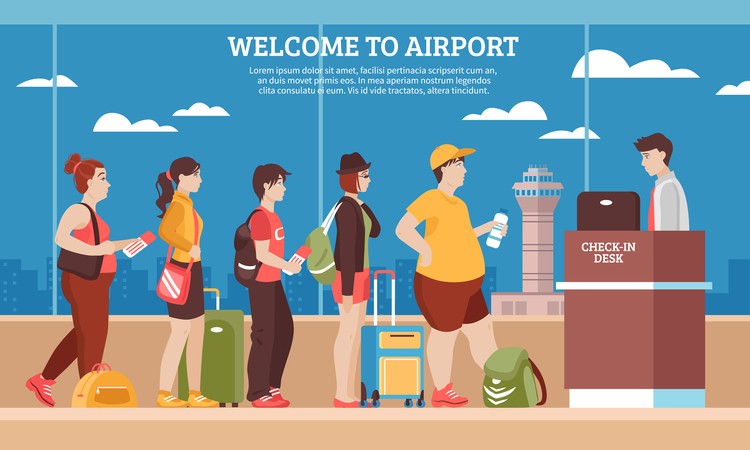
- After your e-visa application is approved, download the e-visa PDF file and print it out.
- Use the printed e-visa to check in and get your boarding pass.
- Upon arrival, show your passport and e-visa at the passport control to complete immigration procedures.
- Keep your e-visa until you leave Vietnam.
Updates and news on Vietnam e-visa
Latest e-visa policy: Since August 15, 2023, the validity of e-visas has been extended from 30 days to 90 days.
Visa exemption policy: Starting August 15, 2023, the stay period for some countries has been extended from 30 days to 45 days.
COVID-19 related e-visa updates:
- As of May 15, 2022, foreign visitors are not required to undergo SARS-CoV-2 testing before entering Vietnam. This means no COVID-19 testing or quarantine is needed for entry.
- Travelers do not need to provide proof of vaccination upon entry.
- Visitors are not required to purchase travel insurance for COVID-19 treatment upon entry.
In short, there are no COVID-19 related requirements, as the Vietnam Immigration Department has removed the entry requirements.
Future developments in Vietnam e-visa system:
- Vietnam is fully open to international travel and has relaxed entry policies and regulations.
- There are plans to expand entry points that accept e-visas.
- Visa exemption policies for certain countries may be expanded based on new circumstances and bilateral cooperation.
Frequently asked questions (FAQ)
My e-visa was approved, but my birth date is incorrect. Can I email to the Vietnam Immigration to correct it? What should I do?
Once you complete the visa application process, you cannot edit any information. The Vietnam Immigration will not respond to your emails. You cannot use an e-visa with incorrect information to enter Vietnam so you need to reapply for a new e-visa. In super urgent cases, refer to the passport information correction service.
I got my e-visa. Do I need to pay any additional fees when I arrive at the Vietnam airport?
You paid the visa fee when you applied for the e-visa. There are no additional fees upon arrival.
I hold a British National (Overseas) Passport (BNO). Can I apply for an e-visa?
BNO passport holders cannot apply for an e-visa. You can use visa on arrival service from a travel agency to get an approval letter and use it to complete the entry procedures upon arrival.
Can I get an e-visa within one day?
Yes, it is possible but only available when you using an urgent visa service from a travel agency. Urgent Vietnam visa services can help you receive visa approval within just 1 working day to 2 working hours.
I applied for an e-visa through the official Vietnam Government website, but after three working days, my application status is still “in processing”. Is there a problem with my application? What should I do?
Although the Vietnam Immigration claims 3 working days, the processing time is usually 4 working days or more. If you received an email requesting information updates, the processing time will take another 3 working days starts from the day you update the information. In your case, consider using the speed up registered e-visa service to get your e-visa approval faster.
I entered Ho Chi Minh Airport as my port of entry on my e-visa application, but now I want to enter at Hanoi Airport. Is this possible?
Yes, you can. According to the new Vietnam e-visa policy, you can use your e-visa to enter or exit through any Vietnam international airport.
This covers everything you need to know about Vietnam e-visa. For more information on how to apply, please contact us for detailed advice from our experienced team.
If you have any questions or need assistance, feel free to contact us at any time.
Share this article: